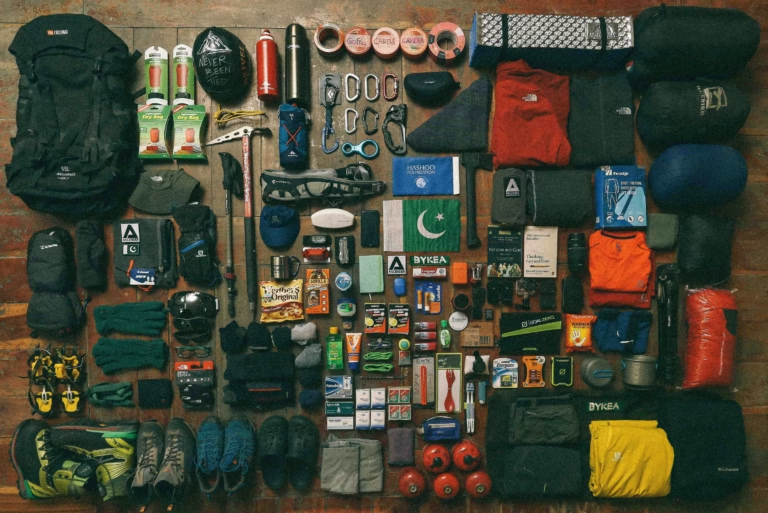Hiking in thunderstorms adds a risky twist to an already thrilling mountain adventure, especially if stuck with lightning overhead. Florian, a famed Romanian mountain guide, shares golden advice on staying safe during lightning storms.
So, let’s gear up with knowledge and make sure your journey through the mountains is safe, even when the weather decides to show its wild side!
- Always check the weather forecast before heading out on a mountain trail. Consult the forecast and avoid taking risks if strong storms are expected. Weather predictions have become more accurate, and numerous apps are available to provide real-time weather updates.
- Anticipate storms and keep a safe distance! Storms are often indicated by the presence of tall Cumulonimbus clouds with well-defined edges. If you notice your hair and skin tingling, it’s a sign that you’re in an area with a high electric charge and at risk.
- Avoid descending from ridges into valleys or slopes that are unfamiliar to you. You might enter rough terrain where you could get trapped or caught by a flash flood.
- Familiarize yourself with and follow lightning safety rules! Do NOT remain on peaks, ridges, or in exposed flat areas; if caught in a storm, the middle areas of ridges are safer than their extremities.
- Do NOT stay near bodies of water, lakes, or trail markers.
- Do NOT shelter under tall or solitary trees; instead, find shelter among groups of smaller trees rather than near tall ones.
- Do NOT seek refuge in small caves or under overhangs to avoid the risk of creating an electrical short circuit. Ensure you are at least 1 meter away from cave walls, 3 meters below the ceiling, and at least 20 meters from the entrance.
- NEVER lie flat on the ground during a lightning strike; lying flat increases the risk of the electric current traveling through your body, potentially causing internal injuries.
- Do NOT touch anything that could conduct electricity
If you cannot safely descend to a lower area and lightning is imminent, consider the following:
- Spread out if in a group, maintaining at least 15 meters between each person to prevent a chain reaction from a lightning strike.
- Adopt a crouched position with heels together, hands close to your body, and ears covered to protect your eardrums. Only the soles of your feet should touch the ground, minimizing your contact with the ground.
- Quickly find a slight elevation or platform overshadowed by a higher point nearby and crouch at least 1 meter away from that point (which should be about 5-10 times taller than your crouched position); avoid wet rocks and lichen-covered areas.
- Create insulation between yourself and the ground by placing non-metallic materials such as a sleeping pad, sleeping bag, or tent foil underneath you.
- Remain in your position for 30 minutes after the last thunderclap before heading back; waiting a few extra minutes is safer than risking a greater danger.
- Leave metal objects such as ice axes, poles, and phones approximately 30 meters from your location until the lightning threat has passed.
- A person struck by lightning does not retain the electrical charge. Assess the situation and, if it’s safe to approach without exposure to danger, begin administering first aid.
- Always report the incident to the emergency services (911 United States & Canada / 112 UK & Europe).







